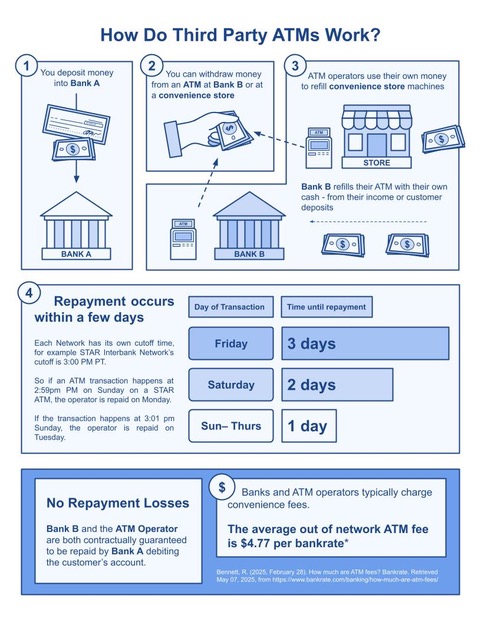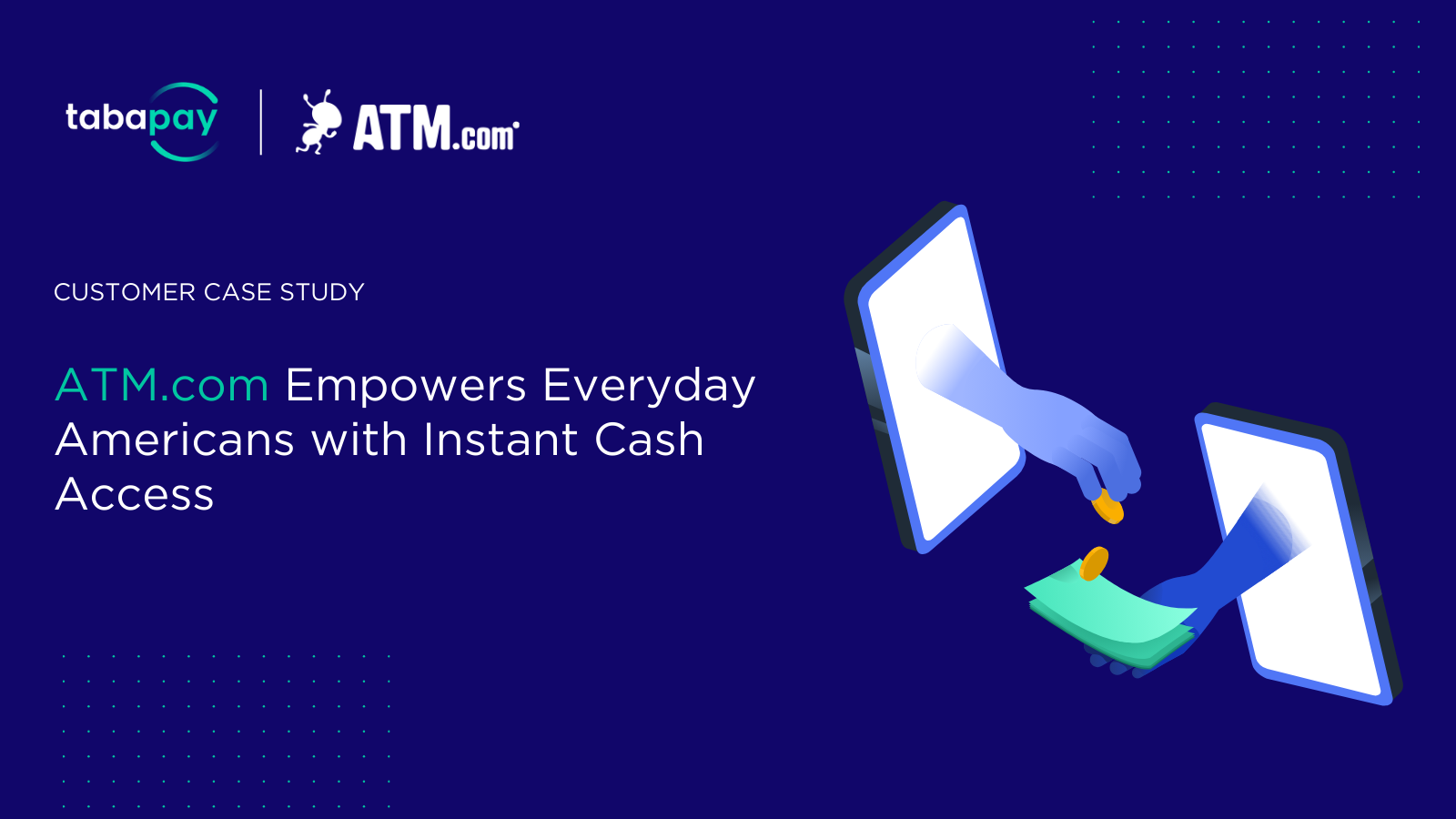Merchants have many mechanisms and payment rails to choose from when making and receiving payments, including ACH, card networks, and Real-Time Payments network (RTP). More options will emerge soon, such as FedNow, which launches in July, as well as Visa+. Each rail has its own benefits and trade-offs so it is important for businesses to optimize their payment programs by working with their acquirer to choose the right rail in terms of cost, reliability, redundancy, and speed.
ACH: Cheap but slow
ACH has its advantages: it is cheap, simple, and directly connected to banks. On the purchasing side, ACH works well for recurring debits from low-risk loan portfolios. In disbursements, ACH works well for payroll.
For both credits and debits, ACH transactions are less expensive than other mechanisms if they are processed without returns and can be automated and timed.
But ACH is slow—transactions may not settle for days and aren’t processed on weekends or holidays. ACH is like a digital check, so funds are not verified, and accounts are not authenticated. As an example, banks tend to prioritize ACH behind other payment methods; in fact, 61.3 percent of banks process ACH after they process debit card transactions, thus increasing the chances of NSFs. Fees for ACH return payments are significant; with costs between $2.00 and $5.00 (versus $0.07 for declined debit card transactions). Finally, cut-off times for batched transactions and lengthy settlement times can delay the processing of ACH payments made after business hours or on weekends.
Card networks: A modern way for speed
Cards are the preferred and most used payment method, and they are ubiquitous. Debit and credit card networks process payments quickly, with robust fraud controls.
For both purchases and disbursements, accounts and funds are validated, and transactions require approval. For purchases, funds are put on immediate hold, whereas with some banks, consumers can decide to return an ACH. Cards allow for partial authorizations, too, in which an NSF transaction can still capture the available amount to make a partial payment. For disbursements, repayment rates can increase if funds are pushed to the same card that was used to make the original payment.
Cards have disadvantages, however. They require compliance with PCI (payment card industry), a responsibility sometimes assumed by the merchant acquirer, along with network and banking requirements. Interchange and network fees can be more expensive than other methods — especially if the merchant is paying 2.9%+ for card processing. For some merchants, debt repayment card transactions can be on par with ACH when ACH returns are factored in but it depends on the portfolio.
If speed and authentication are key issues, the best place to start is often with cards.
RTP: Fast, but lacking
RTP’s greatest advantage is speed since transactions are processed to accounts in real-time. RTP requires authentication and offers immediate validation of accounts, funds, and approvals. Only 63 percent of banks are currently connected to RTP, so it lacks ubiquity and should be paired with a card program to cover the gaps.
The request-for-payment capability exists, but it has limited support and has not been widely adopted. Banking account numbers are needed for RTP transactions, which are not as commonly used or shared as card numbers.
RTP costs can range widely as ACH and it is primarily dependent on the acquirer processor but generally, the transactions cost more than ACH and less than card.
What the future holds
FedNow launches July 2023 and is another real-time option for payments that was developed by the Federal Reserve Bank, using the FedLine payments infrastructure. Widespread adoption is planned for the US, and it will likely replace ACH in the future as ACH has replaced checks. Unfortunately, change in payments takes time, and widespread usage of this new rail will not happen overnight. It will be interesting to see how the market and consumers adapt to this new rail since it solves speed and authentication.
Another emerging option is Visa+ which will enable consumers and businesses to push funds to closed-loop wallets like Venmo and PayPal. Leveraging Visa Direct, participants can instantly send or receive funds via the Visa network in real-time. Adoption, usage, and participating wallets will be keys to success as it gains momentum in 2024.
How clients are using a multi-rail strategy
A common thread for all our clients is that consumers want and expect instant options and there are several different strategies depending on the client’s business and their consumer portfolio. Some clients use cards for disbursements/pushes and use a combination of ACH and cards for collections to maximize repayment ROI. Others are replacing ACH disbursements with RTP while using cards to match preferences and reach unbanked and underbanked populations.
So, which is best? – It depends…
Given the number of business models and goals of our clients, there is not one payment method that addresses preference, ubiquity, speed, reliability, and cost for all use cases. Merchants can improve payment performance and manage costs by working with the right merchant acquirer to determine the best route for each payment’s purpose and the merchant’s objectives. Additionally, having both banking and card information from customers provides more options for payment success and a backup if there is an issue.
The best rail depends on several different variables, but a constant is using only one rail limits performance and can increase operational costs. Work with experts who know the intricacies and issues so you can have the right options and flexibility to be successful.
If you want to speak with an expert at TabaPay, please contact us






